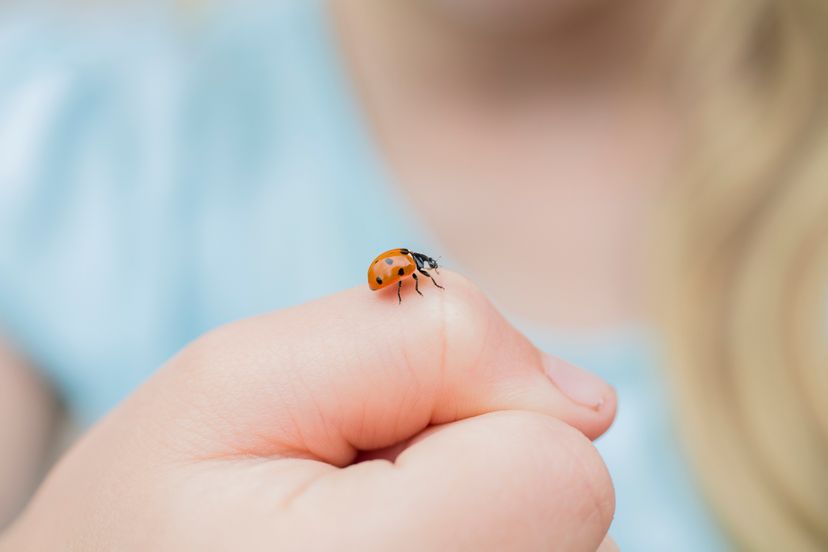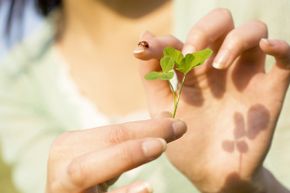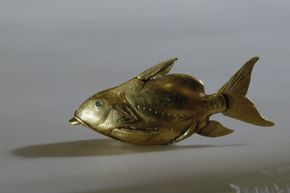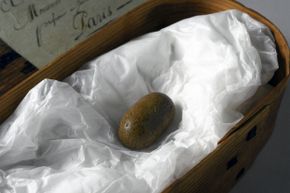
It's easy to dismiss lucky charms as wishful thinking — after all, how can an inanimate object determine whether you'll have a good day or one plagued by bad luck? Well, it turns out that a so-called good luck charm might have more sway over your success than you think, whether that's acing a test or navigating a tough day of work.
The secret ingredient? Your belief. It's your faith in the charm that infuses the talisman with power, bolstering your self-confidence and enabling you to perform at your peak [source: Angelle]. It's a bit like the placebo effect. Even if there's no scientific evidence or logical reason why a charm should attract luck, your belief in it might just be enough to subtly influence your actions and boost your chances of success. Or, at the very least, leave you feeling more positive about the outcome, whatever it may be.
Advertisement
The beauty of it all is that any charm will do. Why? Because the real power isn't in the object itself, but in your mind. Need some ideas? Here are five bizarre good luck charms that might just help you attract Lady Luck.




